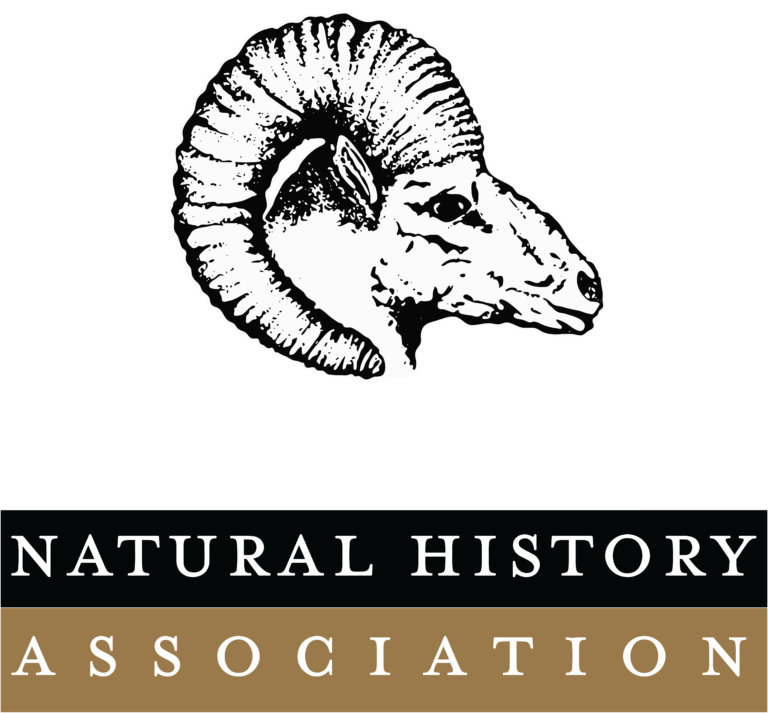The Forty-niners

In 1849, gold was discovered at Sutter’s Mill in California and a rush began into the state. It is estimated that 80,000 people came to California looking for gold in 1850. One such group set out from Salt Lake City, Utah in over 100 wagons under the leadership of Capt. Jefferson Hunt. These families and bands of bachelors came from the South and Midwest. One small group of men came from Germany. As the party progressed along the trail, dissension mounted when a man produced a shortcut map. Capt. Hunt refused
to follow the shortcut because he wasn’t familiar with the route. All but seven wagons broke away to follow the map. Most wagons later rejoined Capt. Hunt, but the rest of the party continued on the purported route.
Across Death Valley
Eventually, they realized the map was in error when they found themselves in uncharted territory. Indians watched silently as these strangers traversed their land. The emigrants arrived in December. As they were traveling along, they split up. The young bachelors went one way and discouraged families from following them thinking they would slow them down. But the Reverend Brier, his wife, Julia and their three children aged eight, six, and four years, insisted on following the young men. For two months they wandered through Death Valley. At one point they went for 48 hours without anything to drink. Perilously close to starving to death, they had to slay their oxen and leave their wagons behind. By the time they left Death Valley, the Brier’s oldest son was the weight of a 3-year-old.
Good-bye, Death Valley

Another lost party, the Bennett, Arcane and Wade families had taken a different route. The Wade family, traveling behind the others, were the only ones to find their way out of Death Valley with their wagons intact. The Bennett and Arcane families felt they could not go on after suffering terrible hardships. Two young bachelors traveling with them, William Manley and John Rogers, traveled out of Death Valley on foot and came back with food and supplies to rescue the others. Legend has it that one member of the party turned back and said “Good-bye Death Valley.” In truth, only one man in the entire group of lost
forty-niners perished within Death Valley. However, the ominous name stuck.
Reporters began telling gruesome stories about the place. It was said that beasts conjured up by Satan ruled the area and a poison gas would kill anyone who ventured into the barren terrain.
The Next Chapter
As gold, silver, borax and other minerals were discovered in Death Valley the stories lost their ability to scare people away. Ironically, almost all of the men who had been lost in Death Valley in 1849 returned to look for the gold and silver potential they had seen here during the nightmare of their ordeal.
